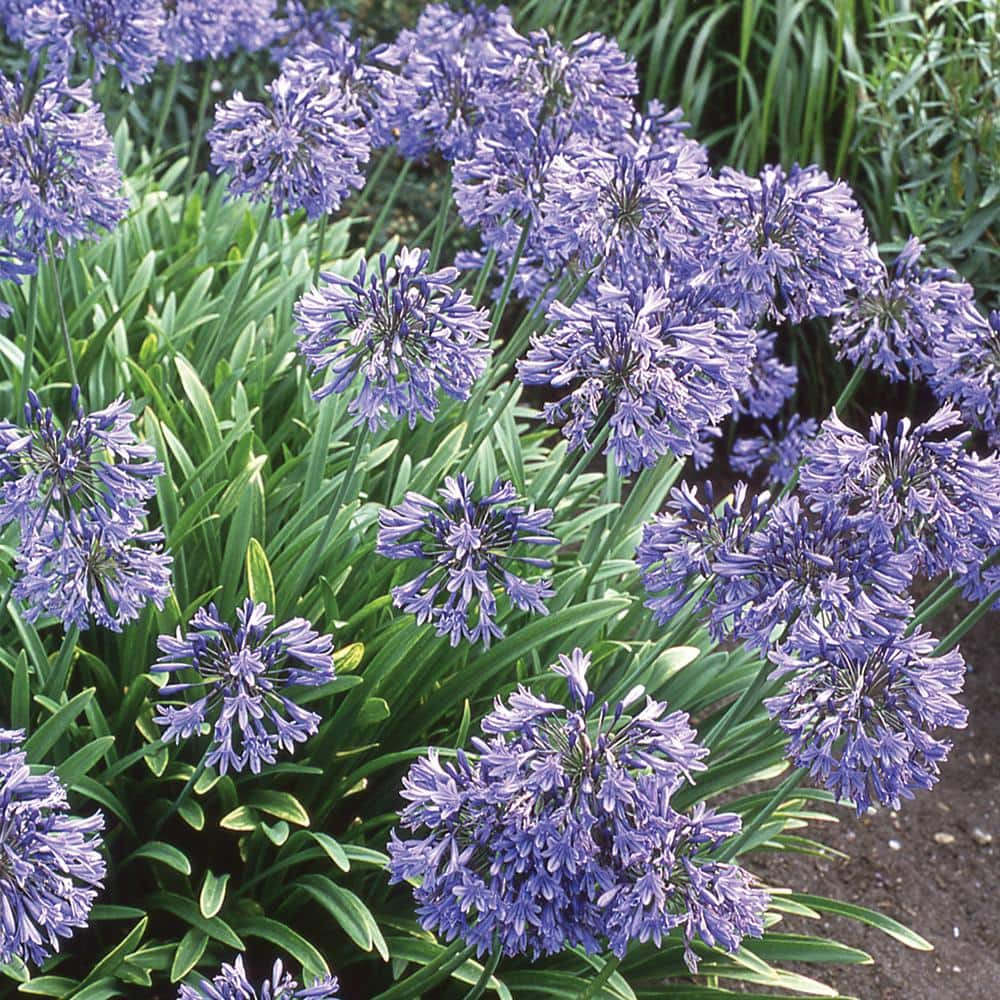Understanding the Art of Agapanthus Treatment: Essential Steps for Healthy Development and Vibrant Blossoms
In the realm of cultivation, the growing of agapanthus stands as a satisfying undertaking for those who seek to nurture these stylish blooming plants. From selecting the ideal selection to understanding trimming techniques, the journey in the direction of cultivating prospering agapanthus plants is diverse and holds the essential to unlocking the full possibility of these organic treasures.

Picking the Right Agapanthus Selection

When choosing the right Agapanthus selection for your garden, take into consideration aspects such as environment viability, blossom shade, and development habit. In addition, take into consideration the climate in your area to make sure the Agapanthus selection you select can grow in your specific problems. Understanding the development habit of various Agapanthus selections is vital for proper positioning within your garden.
Perfect Planting Problems
Considering the ideal ecological requirements is important for effective Agapanthus farming. Agapanthus grows in well-draining dirt with a slightly acidic to neutral pH level. When planting, choose an area that gets full sunlight to partial color. In hotter environments, giving some afternoon color can avoid scorching of the leaves. Agapanthus plants are delicate to cool temperature levels and must be secured from frost throughout cold weather.
To ensure healthy growth and vibrant blooms, plant Agapanthus light bulbs at a depth of regarding 2-4 inches and space them 8-12 inches apart. Mulching around the base of the plants assists keep moisture and reduces weed growth.
Watering and Feeding Tips
Maintaining appropriate wetness degrees and supplying crucial nutrients are vital aspects in the care regimen for Agapanthus plants. When it comes to sprinkling Agapanthus, it is critical to strike a balance. These plants choose continually damp dirt but are prone to root rot if overwatered.
Fertilizing Agapanthus is important for advertising healthy and balanced growth and respected blooms. Apply a balanced plant food, such as a 10-10-10 formula, in the very early spring as new development emerges. Repeat this application every 6-8 weeks throughout the expanding period. Stay clear of extreme fertilization, as it can lead to rich foliage at the expense of blossoms. Always adhere to the supplier's guidelines for appropriate dilution and application approaches. By adhering to these watering and feeding ideas, you can guarantee your Agapanthus plants prosper and create dynamic, lasting blossoms.
Trimming Techniques for Agapanthus
Pruning Agapanthus plants at the suitable times and with appropriate techniques is important for keeping their wellness and promoting optimum growth and flowering. The perfect time to trim Agapanthus remains in late wintertime or early spring before new growth arises. Begin by eliminating any kind of dead or Check Out Your URL yellowing leaves near the base of the plant. Cut them as close to the ground as possible without damaging the emerging shoots.
For flowered stems, wait up until the blossoms have perished and afterwards trim them back to the base. This not only cleans the plant's look however additionally urges the growth of new flower buds. Deadheading spent flowers can likewise reroute the plant's power into producing even more blossoms as opposed to setting seeds. Nonetheless, if you want to collect seeds for breeding, leave some blossoms to dry and fully grown on the plant.
Bear in mind to utilize tidy, sharp tools to make accurate cuts and minimize the danger of introducing conditions. Agapanthus. Routine pruning will aid keep your Agapanthus looking healthy and balanced and cool while making certain a bountiful display screen of stunning blooms
Dealing With Common Pests and Illness
After making certain correct pruning strategies for Agapanthus, it is essential to address usual pests and illness that can impact the wellness and vitality of these plants. One usual insect that influences Agapanthus is the Agapanthus gall midge.
Additionally, Agapanthus plants can suffer from root rot if they are planted in poorly draining soil. By being attentive and taking punctual activity versus parasites and illness, you can help your Agapanthus plants grow and produce vibrant flowers. Agapanthus.

Verdict
In final thought, mastering the art of agapanthus treatment involves selecting the best selection, supplying perfect growing conditions, correct watering and feeding, proper trimming techniques, and attending to common pests and conditions. By complying with these essential actions, you can ensure healthy and balanced growth and lively flowers for your agapanthus plants. Keep helpful hints in mind to on a regular basis keep track of and maintain your plants to advertise their total wellness and long life.
To make sure healthy growth and vivid flowers, plant Agapanthus bulbs at a depth of about 2-4 inches and space them 8-12 inches apart. By adhering to these watering and fertilizing ideas, you can ensure your Agapanthus plants grow and produce vibrant, lasting blossoms.
One usual insect that impacts Agapanthus is the Agapanthus gall midge. Furthermore, Agapanthus plants can experience from origin rot if they are grown in badly draining pipes dirt. By complying with these essential actions, you can ensure healthy growth Your Domain Name and dynamic blooms for your agapanthus plants.